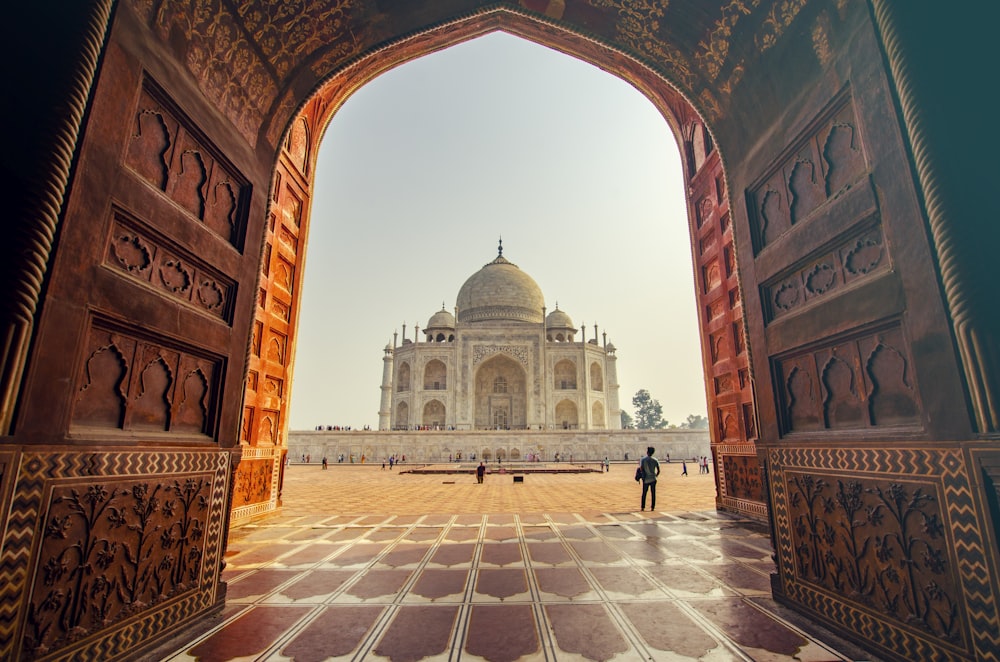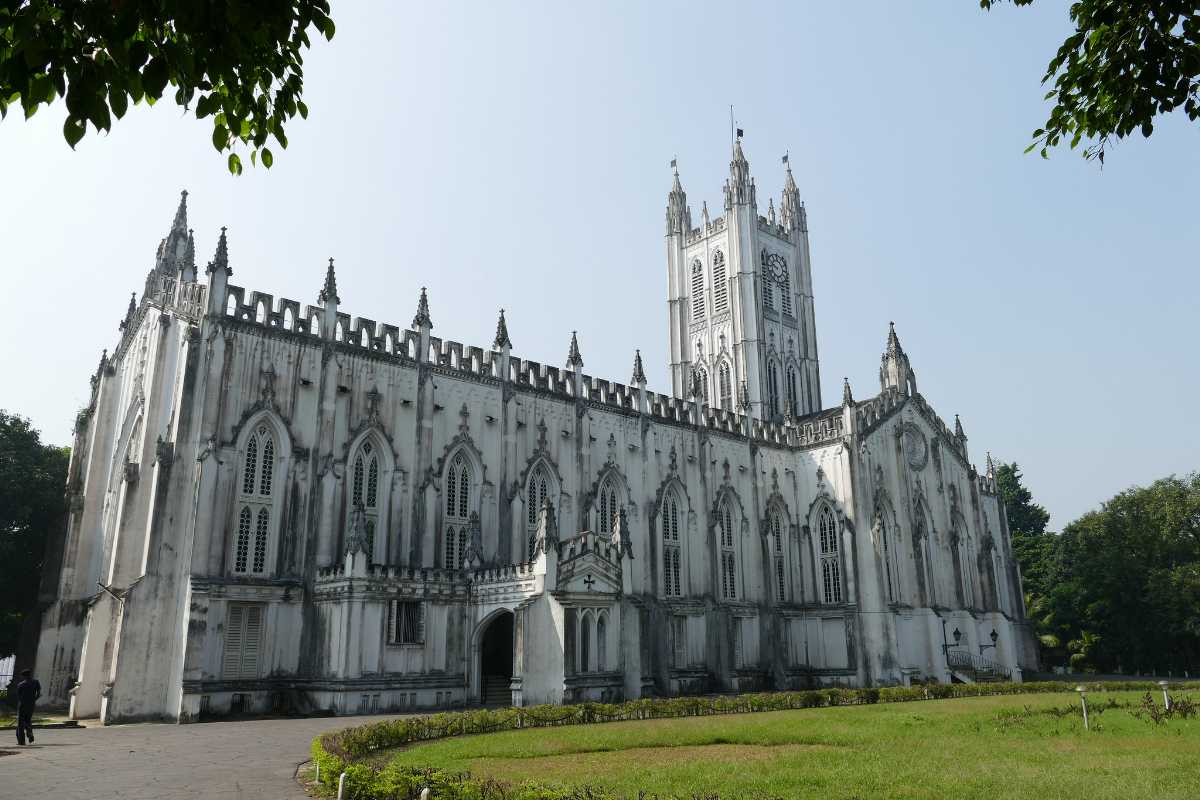India has a great diversification in spectacular landscapes
varying from mountain to plains, hills to plateaus and deserts, a great variety
in religion with rich culture and an elaborate species of flora and fauna. To
expose this immense treasure and resource and help our country in developing
its wealth based on tourism, Government of India promoted an international
campaign of “INCREDIBLE INDIA” since 2002.
Besides the diversified language, culture, religion which
enriched our country from the ancient period, another thing that made India to
stand apart from the rest of the world is the rich architectural heritage. From
caves, temples, mosques to palaces, stupas and forts, India is the only one
which can boast of her versatility in architectural works.
When
India was in the hands of her own rulers and later when foreign rulers invaded
and took authority, each and every rulers established stunning architectural
works varying from statues to palaces, from fort to temples and masjids, in
order to prove their supremacy both in architecture and wealth. Trends of architectural
works and style of the then time got bloomed in all these artistic creations. As
decades turned to centuries, India stand among one of those rare and unique countries
in the world, for its architectural works of various types of styles ranging
from Dravidian and Nagara style to Indo-Islamic architecture style, from
Indo-Saracenic style to European style. Indian monuments are considered to be
those masterpieces which evoke us millennium back to explore our antique India.
Indian
architecture incorporates present India, Pakistan, Sri Lanka and Bangladesh.
Maybe these countries got separated by political boundaries later, but they
share a common ethnic tradition, showcasing the versatility of Indian culture. Indian
architecture is the blended ideas and techniques from west, Central Asia and
Europe and has been influenced by various religions and can also be categorized
according to the religions. Since India is the land of five major religions,
structures are basically influenced by:
·
Hinduism
·
Buddhism
·
Muslim
·
Christianity
·
Sikhism
HINDU
ARCHITECTURE
Hindu architecture mirror the amalgam of
arts, ideals of dharma, beliefs and the way life adored under Hinduism. All the
heavenly elements that create a life are present inside the temple varying from
fire to water, from images of nature to various avatars, from feminine to
masculine, and many others. Some of the prominent Hindu structures that
reflects the Hinduism:
1.
The Meenakshi Temple of Madurai
2.
Badami Shiva Temple of Karnataka
3.
Kailasa Temple of Ellora
4.
Thanjavur Temple in Tamil Nadu
ISLAMIC ARCHITECTURE
Islamic
architecture was first introduced by the Delhi Sultanates in India at about
1206. One specialty of the Islamic architecture was that the interior was much
more superior compared to that of the exterior appearance. Umayyad Mosque in
Damascus, Syria emphasizes the interior space and royalty with ornamental
decoration in geometric order, with gigantic worship halls with magnificent
interior carvings. Some famous Islamic architecture present in our country that
throw back Islamic culture:
1.
Taj Mahal in Agra
2.
Red Fort in New Delhi
3.
Moti Masjid(inside Red Fort complex) in Delhi
4.
Humayun’s Tomb in Delhi
BUDDHIST ARCHITECTURE
Buddhism was founded by Lord
Buddha. Although Buddhism didn’t flourished so much in our country, but it had
its origin from Indian subcontinent. The three types of structures which are
mainly connected with early Buddhist architecture: monasteries (Viharas),
places to offer prayers (Stupas) and shrines or prayer halls (Chaityas). These
are symbolized by the complexes as:
1.
Mahabodhi Temple at Bodh Gaya in Bihar
2.
The Great Stupa in Sanchi
3.
Sarnath, Uttar Pradesh
4.
Shravasti, Uttar Pradesh
5.
Kushinagar, Uttar Pradesh
CHRISTIANITY ARCHITECTURE
Churches are the most common
architectural buildings that have been made for worshipping their God, Jesus
Christ. Church is not only the place for worshipping god but various ritual
rites are performed in these churches like wedding, baptism, ear piercing,
puberty, death rituals and many others. Some of the prominent architectural
evidence of Christianity religion in our country:
1.
Se Cathedral Church, Goa
2.
Christ Church, Shimla
3.
Basilica of Bom Jesus, Goa
4.
Paul Cathedral, Kolkata
5. Francis
Church, Kerala
SHIKISM ARCHITECTURE
It is a style of architecture which is known mostly for its progressive values, extreme elaboration, simpleness in beauty, with clear logical reasons. Mughal and Rajput styles made a great impact on Sikh architecture. Large bulbous domes, frescoes, in-lay art are some of the art influenced from Mughal architecture, and chattris, oriel windows, bracket supported eaves at the string-course, and ornamented friezes are derived from elements of Rajput architecture.
1.
Golden Temple in Amritsar
2.
Sri Bangla Sahib Gurudwara in Delhi
3.
Guru Nanak Jhira Sahib in Bidar, Karnataka
Some examples of the Shikism architecture.
With the touch of diversity and blend of taste of various religions in India, we find our identity as INDIANS. Truly to speak, "Incredible India".






Comments